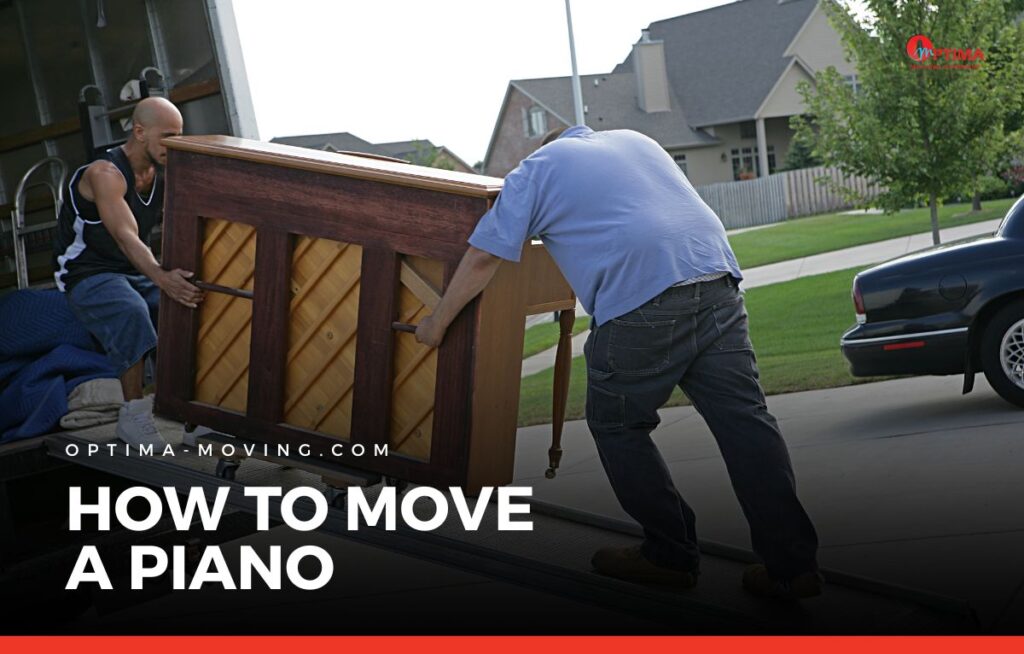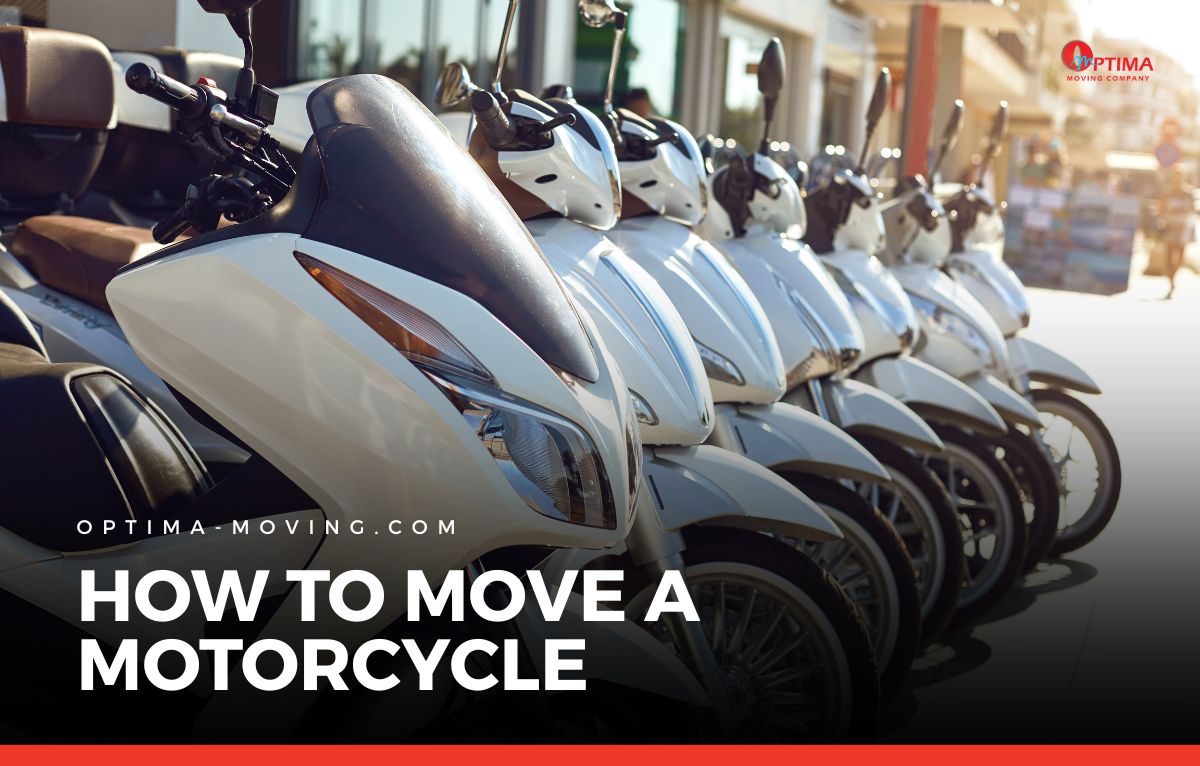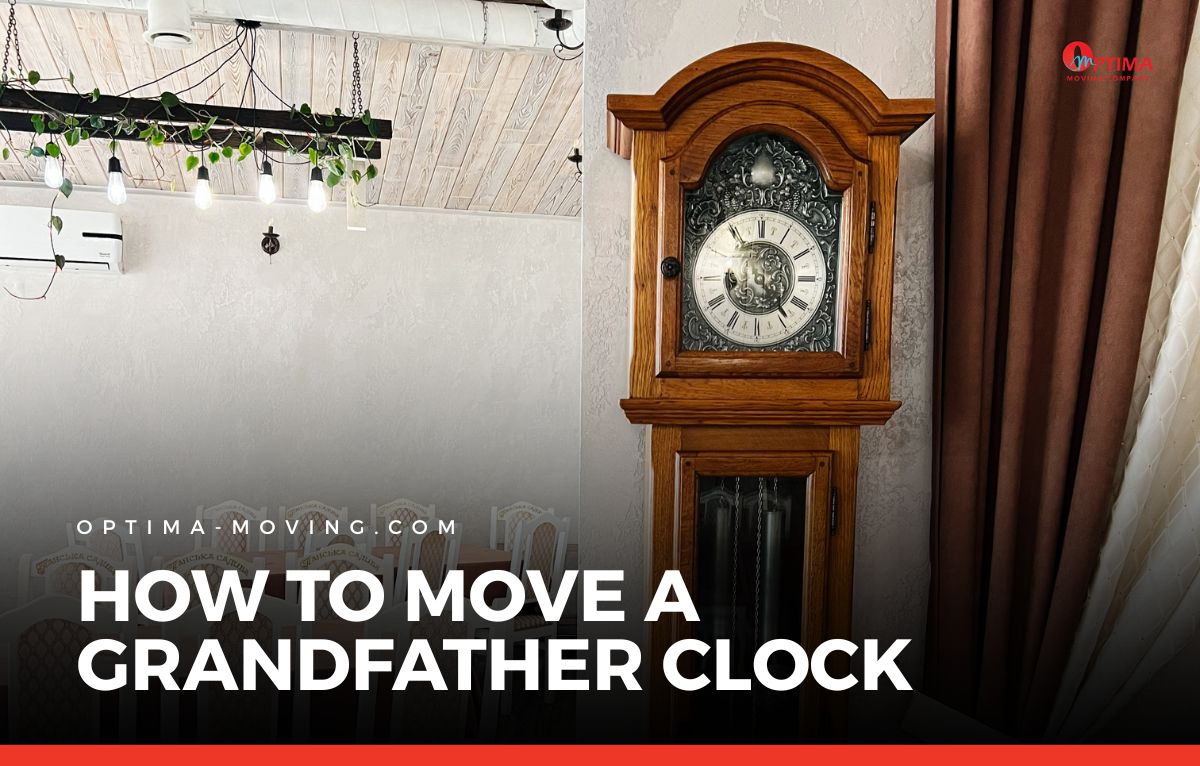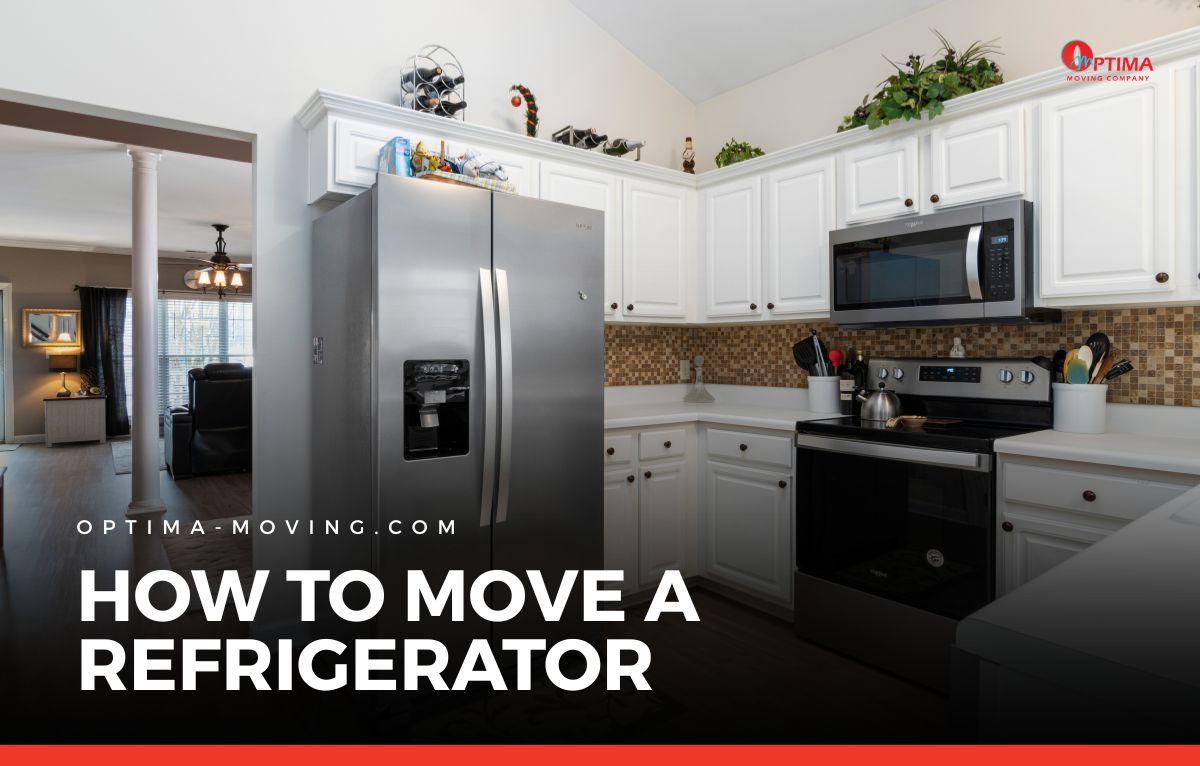Pianos are among the most challenging items to move. Their size, weight, and delicate inner parts make relocation a careful balancing act.
Many homeowners wonder how to move a piano without scratching floors, breaking strings, or injuring themselves.
The key lies in preparation, the right equipment, and knowing when a job calls for professional expertise.
By understanding the risks and taking each step slowly, you can keep your piano safe while avoiding unnecessary stress.
Why Pianos Are So Difficult to Move
A piano may look like a single solid piece of furniture, but it’s actually a combination of heavy wood, delicate keys, and sensitive internal mechanics.
Upright pianos often weigh 300 to 500 pounds, while grand pianos can reach 1,200 pounds or more.
Beyond the weight, the uneven shape makes them awkward to carry.
The legs and pedals are fragile, and any sudden shift in movement can throw off the alignment of strings or hammers. This is why careful handling matters so much.
Preparing the Space First
Before lifting a piano, take time to prepare your home. Clear the path from its current spot to the exit door. Remove rugs, furniture, or décor that might get in the way.
If your piano is on hardwood flooring, lay down protective sheets or blankets to avoid scratches when equipment rolls across it.
Measure doorways and hallways to make sure the piano will fit through. If tight corners are involved, plan your angles in advance so you’re not stuck mid-move.
It’s also smart to think about your destination. Decide exactly where the piano will go in the new location before you start moving it.
Having a clear spot ready reduces the amount of time the piano is in motion, which lowers the risk of accidents.
Equipment That Helps
Attempting to move a piano without proper equipment can cause serious damage. At minimum, you’ll need a heavy-duty dolly designed for bulky items.
Moving blankets and straps keep the piano secure and prevent dings or scratches.
For larger instruments, plywood sheets can be used to level uneven ground, especially if you’re rolling the piano outside.
In addition to tools, enlist at least three or four helpers. Pianos are too heavy for one or two people to move safely.
Strong hands make it easier to balance the instrument and protect both the movers and the piano itself.
The Moving Process Step by Step
When figuring out how to move a piano, the actual lifting and guiding process needs extra care. A common method looks like this:
- Wrap the piano. Use blankets and secure them with straps or tape to protect the finish.
- Lift with help. Tilt the piano slightly, just enough to slide the dolly underneath.
- Strap it in. Secure the piano tightly to prevent shifting.
- Guide carefully. Move slowly along the cleared path, pausing if anyone loses balance.
- Load onto a truck. Use ramps to roll the piano into the moving vehicle, keeping it upright at all times.
The most important part of this process is patience. Sudden movements or sharp turns can strain the legs, keys, or internal parts.
Mistakes People Often Make
Many problems during piano moves come from rushing or cutting corners. A frequent mistake is trying to slide a piano across the floor without a dolly, which damages both the piano’s legs and the flooring underneath.
Another issue is lifting it unevenly—placing too much pressure on one end can throw off the internal balance.
Some people also underestimate the number of helpers needed, attempting the move with too few hands.
Lastly, forgetting to measure doorways ahead of time can force movers into risky angles that stress the piano’s frame.
Avoiding these errors keeps both the piano and the movers safe.
Moving Upright vs. Grand Pianos
The way you move a piano depends on its type. Upright pianos are tall but narrow, which makes them easier to fit through doorways.
The main challenge is keeping them stable and preventing tilts.
Grand pianos, on the other hand, are wide and heavy, which usually requires partial disassembly. Movers often remove the legs and pedals before lifting a grand piano onto a skid board for transport.
This extra step adds time but protects the piano’s structure. Knowing the difference helps you prepare properly for your specific piano.
Why Professional Help May Be Best
While some homeowners learn how to move a piano on their own, many find that the risks outweigh the savings.
Professional piano movers have the experience and equipment to handle the unique shape and weight of these instruments.
They bring skid boards, straps, ramps, and trucks specifically designed for heavy and delicate items.
Most importantly, they know how to angle a piano through tight spaces without damaging walls or floors.
Professional movers also carry insurance, which means you’re covered in case of accidental damage. For valuable instruments, this protection often makes hiring experts the smarter choice.
Their trained crews handle large, delicate items regularly, giving you peace of mind and saving you the physical strain of attempting it yourself.
Moving a Piano the Safe Way
Learning how to move a piano requires preparation, the right tools, and enough helpers to manage the weight safely. Taking shortcuts can result in broken parts, damaged floors, or injuries.
For upright pianos, moving may be more manageable with a small team, but grand pianos often demand disassembly and specialized equipment.
If you want to reduce risk and protect your investment, professional movers are often the best solution.
If you’re preparing for a move and want to keep your piano safe, consider working with Optima Moving.
Their expertise and specialized tools ensure your instrument reaches its new home in perfect condition, without the hassle or danger of handling it alone.




